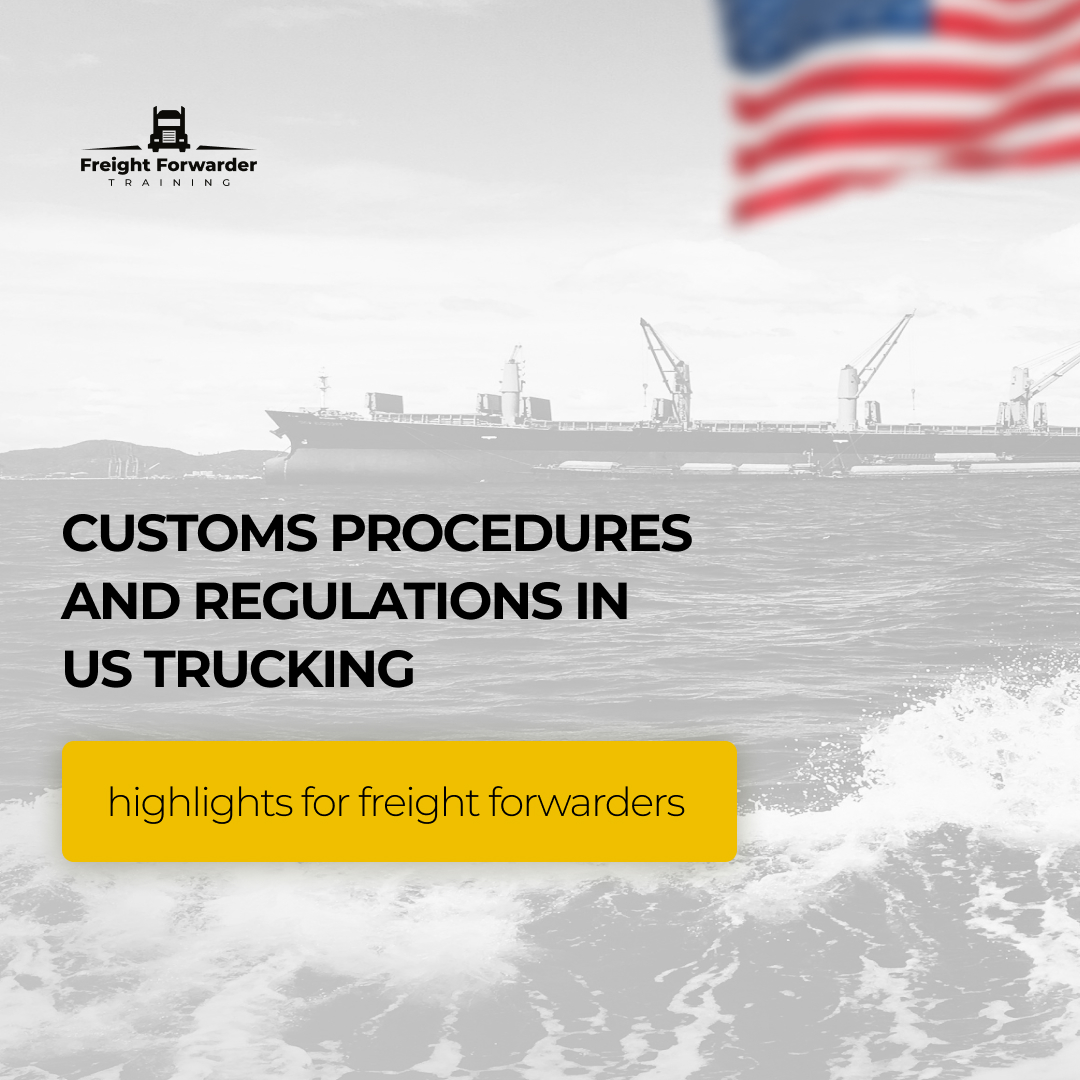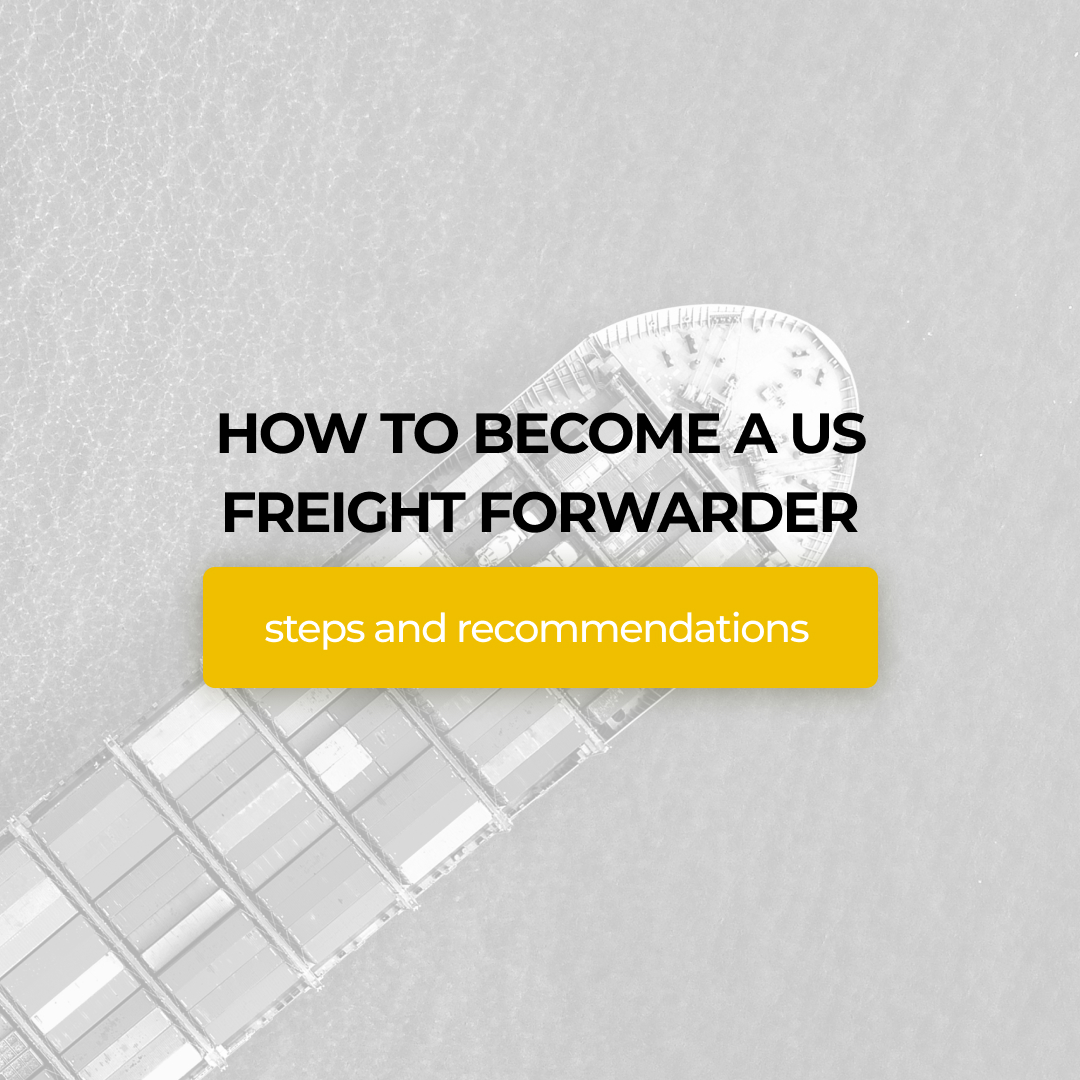Customs procedures and rules play a vital role in freight transportation, especially when dealing with the United States of America….

Customs Procedures and Regulations in US Trucking: Highlights for Freight Forwarders
Customs procedures and rules play a vital role in freight transportation, especially when dealing with the United States of America. Forwarders engaged in international logistics must be well-informed about the requirements and procedures to ensure smooth and efficient delivery of goods. In this text, we will discuss the key points of customs procedures and rules in freight transportation in the USA that forwarders should consider.
Preparation of Customs Declaration: When importing or exporting goods to the USA, forwarders must fill out a customs declaration. This document includes information about the cargo, its value, country of origin, as well as the required customs procedures and licenses.
Customs Duties and Taxes: The USA imposes customs duties and taxes on imported goods. Forwarders need to be aware of tariff rates and methods of calculating duties and taxes. It is also important to consider the possibility of applying trade agreements and preferential programs that can reduce the cost of imports.
Product Classification: Goods must be correctly classified according to the Harmonized System (HS). Classification determines the duty rate and any additional documents or permits required for the import or export of goods.
Customs Brokers: In the USA, it is recommended to use the services of licensed customs brokers. A customs broker can provide professional assistance to the forwarder in the customs clearance process and ensure compliance with all requirements and regulations.
Special Requirements: Some goods require special permits or licenses for import or export from the USA. For example, items classified as controlled or prohibited goods (such as weapons, drugs, hazardous substances) are subject to special rules and restrictions.
Domestic Transportation: When importing goods into the USA and delivering them within the country, additional permits or documents may be required. For example, transporting goods by road requires the appropriate license, while transporting hazardous materials requires certificates and special markings.
Audits and Inspections: US customs authorities have the right to conduct audits and inspections of cargo and documents. Forwarders must be prepared to provide the requested information and documentation in case of a request from customs authorities.
Electronic Customs Clearance System: The USA utilizes electronic customs clearance systems such as the Automated Commercial Environment (ACE). Forwarders should be familiar with the use of these systems and have the necessary technical infrastructure for effective interaction with customs authorities.
In conclusion, knowledge of customs procedures and rules in freight transportation in the USA is crucial for forwarders operating in this field. Compliance with requirements, proper document preparation, and collaboration with professional customs brokers will help ensure successful and secure delivery of goods across US customs borders.
Our latest posts
Our latest posts

Customs Procedures and Regulations in US Trucking: Highlights for Freight Forwarders

Types of cargo transportation in the USA: an overview of the main methods and their features
Freight transportation is a significant component of the United States economy. Thanks to its vast territory and developed infrastructure, the…

How to Become a US Freight Forwarder: Steps and Recommendations
Freight forwarders play a crucial role in the logistics industry, especially in the United States, where freight transportation is of…















